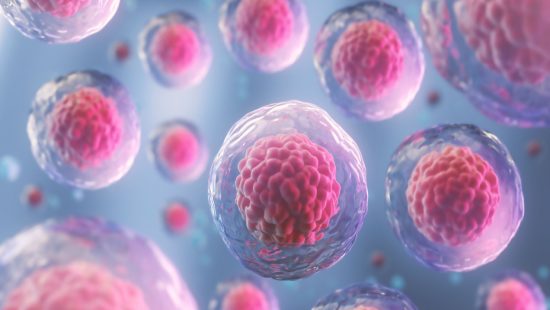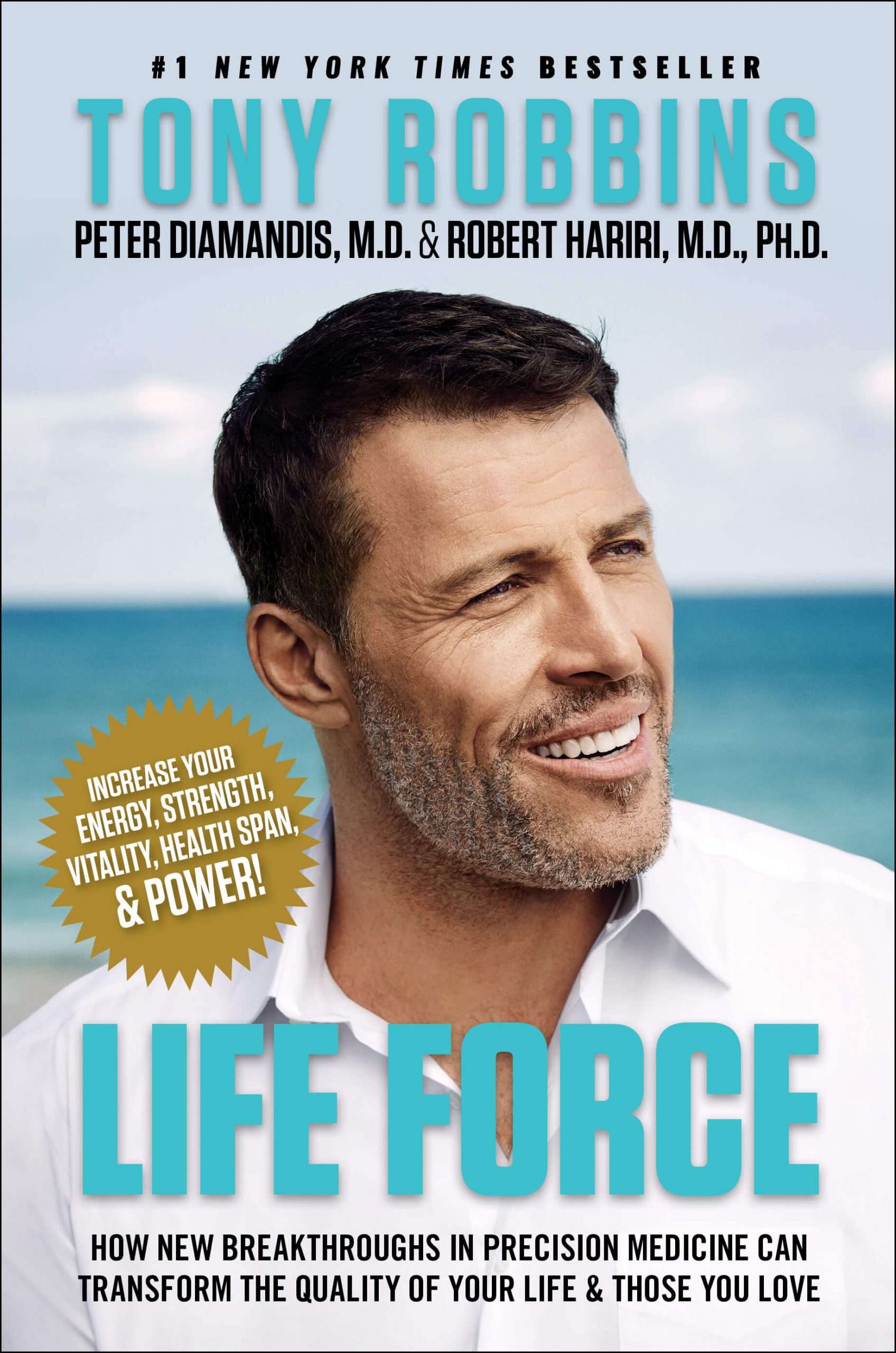Team Tony cultivates, curates and shares Tony Robbins’ stories and core principles, to help others achieve an extraordinary life.
What are stem cells used for?
Discover 5 ways stem cells can cure disease and improve quality of life
Stem cells: They sound like a science fiction fantasy and they’ve been the center of confusion and controversy over the past several years. Yet they are the future of health, and it’s time to get on board. The benefits of stem cells are very real, and they’re happening right now. Tony himself benefited from stem cells to treat a torn rotator cuff – the experience changed his life and sent him on a journey to discover more about this transformational treatment. He shares his extraordinary story in his book, Life Force, along with the stories of countless other miraculous medical and scientific breakthroughs. So what’s the big deal? What are stem cells used for, and how do they help people treat diseases, recover from injuries and generally live a healthy lifestyle.
What are stem cells?
Stem cells are the “foundational” cells of the body – every tissue and organ in the body comes from stem cells. Another way to think of stem cells is as a “blank slate”: they don’t have a specialized purpose. But they have the potential to become any other type of cell: brain, muscle, tissue, blood and more. They’re also self-renewing and can divide and create new cells for a lifetime, unlike other cells, which die and are then replaced. These unique traits make stem cells extra special, and they’re the reason doctors and scientists started asking the question, “How can stem cells be used for human benefit?”
What are stem cells used for?
Stem cells are extremely versatile and can help us live healthier in a variety of ways. They can regenerate and heal tissue, help scientists understand how diseases develop and progress and help researchers test new drugs to make sure they are safe and effective. The ability to heal and enhance the body is one of the biggest benefits of stem cells and is why they are so useful in treating and curing diseases.

What diseases can be cured with stem cells?
One of the most well-known benefits of stem cells is a treatment for cancer that most of us are familiar with: the bone marrow transplant. This procedure infuses adult stem cells or those from umbilical cords into the body, which then replace damaged and diseased cells. Stem cells can also be used to treat Parkinson’s disease, arthritis and fibromyalgia, diabetes, multiple sclerosis and more. How can stem cells possibly help people with these diseases? That’s just part of the magic of “nature’s repair kit.”
Top 5 benefits of stem cells
Stem cell research is still in its early stages, but scientists are achieving some truly amazing results. Let’s explore a few ways these special cells can treat certain conditions to help answer the question, “What are stem cells used for?” in more detail.
1. Spinal cord injury
Several clinical trials involving infusions of stem cells into the blood or into the spinal cord itself have benefitted patients with spinal cord injuries. One Yale study describes patients who went from bedridden to walking with a walker or cane, eating on their own and dressing themselves. Tony himself was inspired by the story of Kris Boesen, who suffered severe paralysis due to a car accident. After a stem cell trial, his quality of life improved dramatically: he was able to eat, hug his parents and even work out with weights.
2. Stroke
A stroke is a traumatic event for the brain: millions of neurons die in a very short amount of time. Early research into the benefits of stem cells’ regenerative powers is promising, especially when combined with other treatments. Researchers at Stanford successfully treated stroke patients with stem cell injections directly into the brain, while doctors at biotech company Celularity treated a man with a placental stem cell infusion. A review article in Frontiers in Neuroscience declared that “stem cell therapy holds great potential” for treating strokes.
3. Multiple sclerosis
How do stem cells help people? Just ask Jennifer Molson, who had lost feeling below the chest from multiple sclerosis before deciding to join an experimental trial. The combination of a stem cell transplant and chemotherapy gave her the ability to walk again – and even ski. Stem cells have been shown to slow the progression of MS, and there are a number of ongoing trials that use different types of stem cells and various methods for delivering them in the hopes of finding a reliable and effective treatment.
4. Sickle cell anemia
Sickle cell anemia causes a shortage of healthy red blood cells and leads to infections, pain, heart disease and stroke. But in the calculation of stem cell therapy risks and benefits for this condition, the risks were typically too great due to the immune-suppressing drugs required. However, researchers have found success using infusions of a patient’s own genetically modified stem cells. Another recent trial using a gene therapy called LentiGlobin found “reduced hemolysis and complete resolution of severe vaso-occlusive events” – a resounding success without the need for immunosuppressive drugs.
5. Blindness
Perhaps one of the most cutting-edge answers to the question “What are stem cells used for?” is that they may be able to cure blindness. Several groups of researchers around the world are currently studying the ability of stem cells to repair the cornea and retina, helping patients with macular degeneration, glaucoma and corneal damage. In Osaka, Japan, researchers “grew” a corneal patch for a woman who had nearly lost her sight completely, and her vision significantly cleared within a month.
These are just a few of the extremely promising stem cell treatments being developed. Check out Life Force for an in-depth discussion with experts in the field. As with any medical treatment, it’s always wise to evaluate stem cell therapy risks and benefits with a medical professional before jumping onboard. But the potential for stem cells to change the world gets more exciting by the day.




